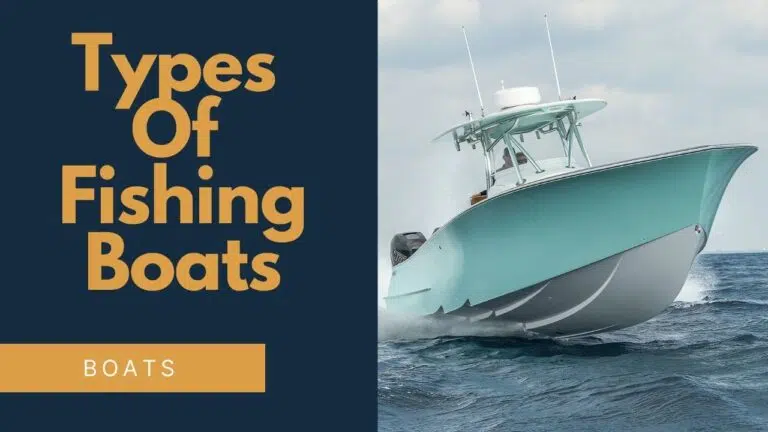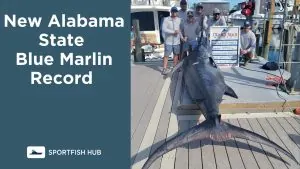Are you a passionate fisherman or just beginning to dip your toes into the vast waters of the fishing boat world?
Choosing the ideal fishing vessel can be an overwhelming task, especially with the multitude of types and forms of fishing boats currently available, each designed with distinct features and for particular purposes.
Also Read: Brands of Fishing Boats
This article seeks to navigate you through the diverse range of fishing boats on the market and their unique characteristics, hopefully empowering you to make an informed purchase tailored to your specific fishing preferences and requirements.
Table of Contents
- Types of Boats Video
- Saltwater vs. Freshwater Fishing Boats: Finding the Right Fit
- Sportfishing Boats (Convertible Boats)
- Center Console Boats
- Walkaround Boats
- Cuddy Cabin Boats
- Power Catamaran Boats
- Dual Console Boats
- Express Boats
- Bay boat
- Flats Boat (Skiff)
- Runabout
- RIB (Rigid Inflatable Boat)
- Jon Boat
- Fishing Kayak
- Canoe
- Commercial Fishing Boats
- Bass Fishing Boats: What Makes A Good Bass Fishing Boat?
- Conclusion
Types of Boats Video
Saltwater vs. Freshwater Fishing Boats: Finding the Right Fit
When it comes to fishing boats, there are significant differences between those designed for saltwater and freshwater use.
Understanding these differences can help you make an informed decision when choosing the perfect boat for your fishing adventures. This article explores the typical distinctions between saltwater and freshwater fishing boats and highlights the features that make each type more suitable for their respective environments.
Saltwater Fishing Boats
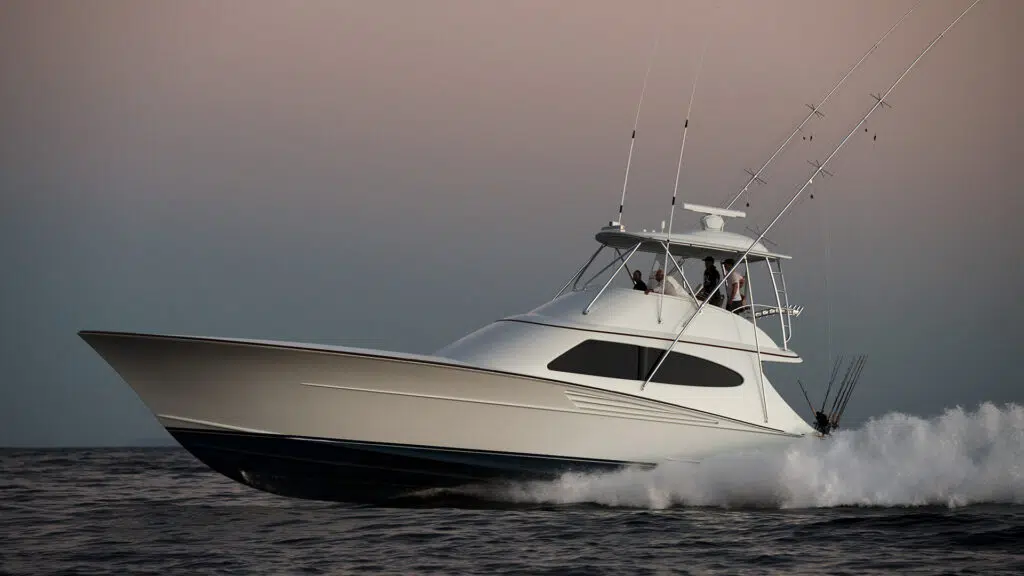
Saltwater fishing boats are specifically designed to handle the harsh conditions associated with coastal and offshore fishing. These boats are built to withstand the corrosive effects of saltwater, rough seas, and the larger fish species commonly found in oceanic environments. Key features of saltwater fishing boats include:
- Construction: Saltwater fishing boats are typically constructed from materials that are resistant to corrosion, such as fiberglass, aluminum, or composite materials. They also feature stainless steel or aluminum hardware to withstand the saltwater environment.
- Hull design: The hulls of saltwater fishing boats are designed to provide a smooth and stable ride in rough waters. Deep-V hulls and catamaran-style hulls are common choices for their ability to cut through waves and minimize rocking.
- Power and range: Saltwater fishing boats often have powerful engines to cover long distances quickly and handle the challenges of offshore fishing. They may also come equipped with larger fuel tanks to enable extended fishing trips.
- Fishing amenities: Saltwater fishing boats are equipped with specialized features such as outriggers, large live wells, and fish boxes designed to handle larger fish species. They may also have advanced electronics for navigation and fish-finding.
Examples of saltwater fishing boats include sportfishing boats, center console boats, walkaround boats, power catamarans, and express boats.
Freshwater Fishing Boats
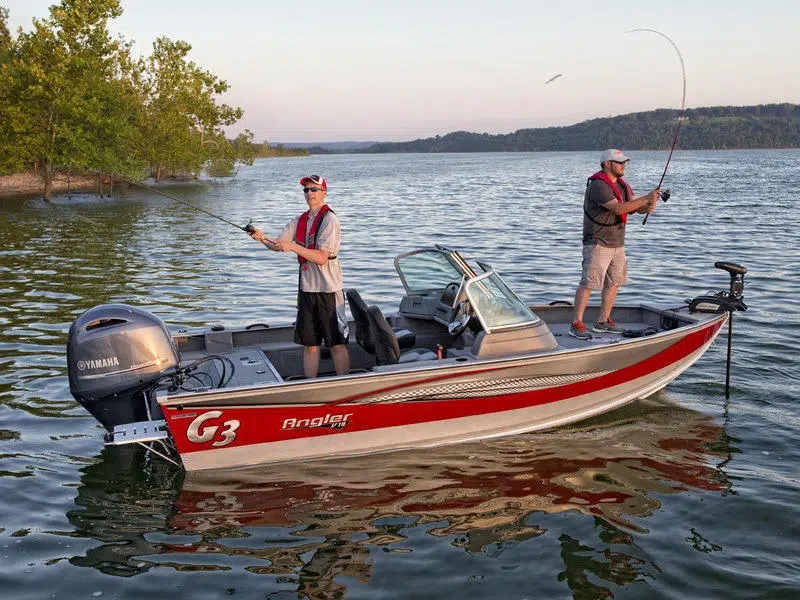
Freshwater fishing boats are designed for use in lakes, rivers, and other inland waterways. These boats are typically smaller and lighter than saltwater boats, as they are not required to handle the harsh conditions of the open ocean. Features of freshwater fishing boats include:
- Construction: Freshwater fishing boats can be made from a variety of materials, including aluminum, fiberglass, and molded plastic. The choice of material often depends on factors such as weight, durability, and cost.
- Hull design: The hulls of freshwater fishing boats are designed for stability and maneuverability in calm waters. Flat-bottom and shallow-draft hulls are common choices for navigating shallow waterways and providing a stable platform for casting.
- Power and range: Freshwater fishing boats typically have smaller engines than saltwater boats, as they don’t need the same level of power and range. Smaller outboard motors, electric trolling motors, or even paddles may be used for propulsion.
- Fishing amenities: Freshwater fishing boats often have basic fishing features such as rod holders, live wells, and tackle storage. Electronics, if present, may be simpler than those found on saltwater boats.
Freshwater fishing boats include jon boats, kayaks, canoes, runabouts, and bay boats.
In conclusion, the choice between a saltwater and freshwater fishing boat largely depends on where you plan to fish and the type of fishing you prefer. By understanding the differences between these two categories of boats, you can select the ideal vessel for your specific needs and ensure a more enjoyable and successful fishing experience.
Sportfishing Boats (Convertible Boats)
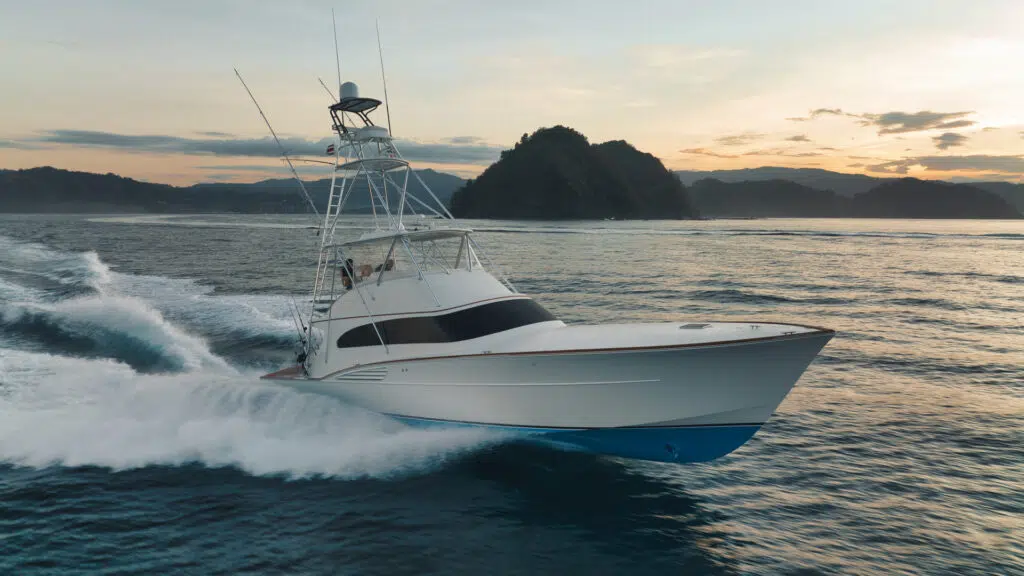
Sportfishing boats are built for the serious angler who desires comfort, speed, and long-range offshore and deep-sea fishing capabilities. Typically constructed from fiberglass, composite, and Wood, these boats range from 30 to over 100ft feet in length. With ample deck and cockpit space, comfortable seating, and luxurious sleeping quarters, sport fishing boats are well-equipped for extended fishing trips. Their powerful modern engines allow for high-speed travel to offshore fishing grounds all over the world.
Center Console Boats
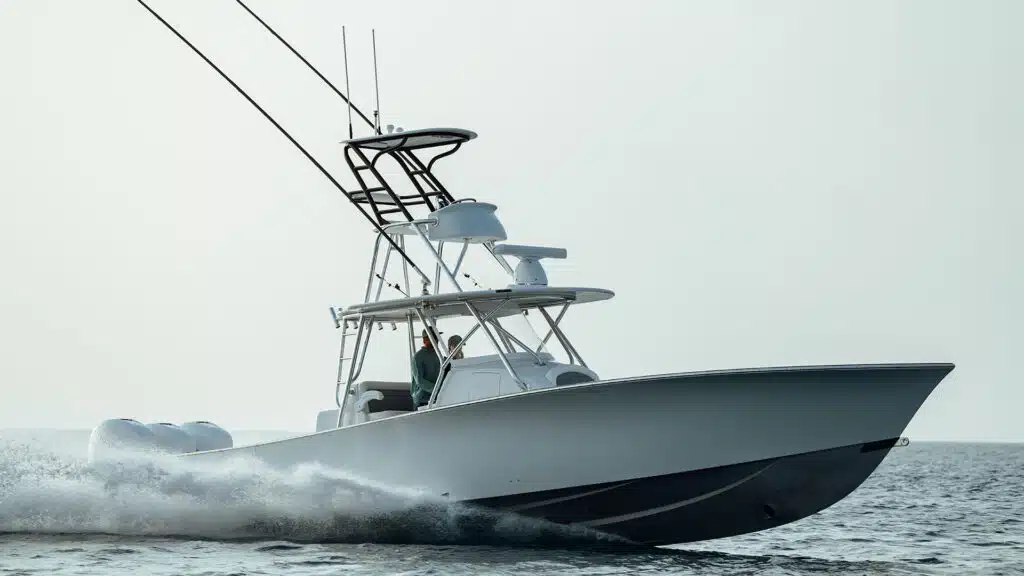
Center consoles are popular fishing boats for anglers seeking versatility and easy maneuverability. Ranging from 18 to 40 feet in length, these boats have a central control console, leaving ample space for fishing and moving around. They are typically constructed of fiberglass or aluminum and are fitted with outboard motors. Center console boats are ideal for inshore fishing but can also handle offshore fishing depending on their size and power.
Walkaround Boats
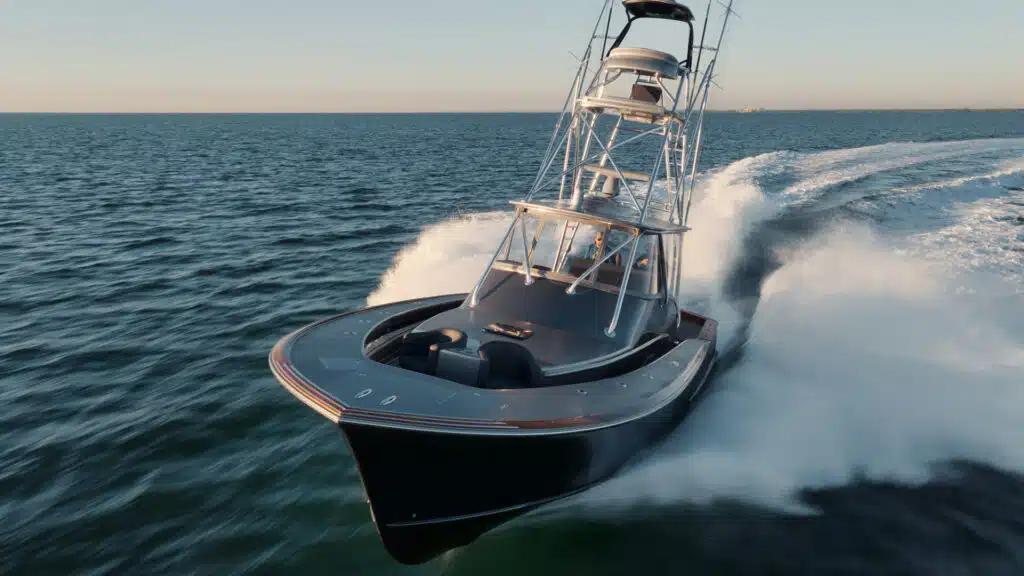
Walkaround boats provide the perfect balance between fishing amenities and comfortable accommodations. Ranging from 20 to 40 feet in length, these boats are designed with a cabin and a continuous deck that allows you to walk around the entire boat. Constructed from fiberglass, they often come equipped with inboard or outboard motors. Walkaround boats are suitable for inshore and offshore fishing, allowing anglers to fish in various locations.
Cuddy Cabin Boats
Cuddy cabin boats are compact, versatile vessels that combine the benefits of a small cabin with the convenience of a fishing boat. Generally ranging from 18 to 30 feet in length, these boats are constructed from fiberglass or aluminum. Cuddy cabin boats usually feature a small sleeping area, basic galley, and a head. Inboard or outboard motors power them and are suitable for inshore fishing and occasional offshore fishing trips.
Power Catamaran Boats
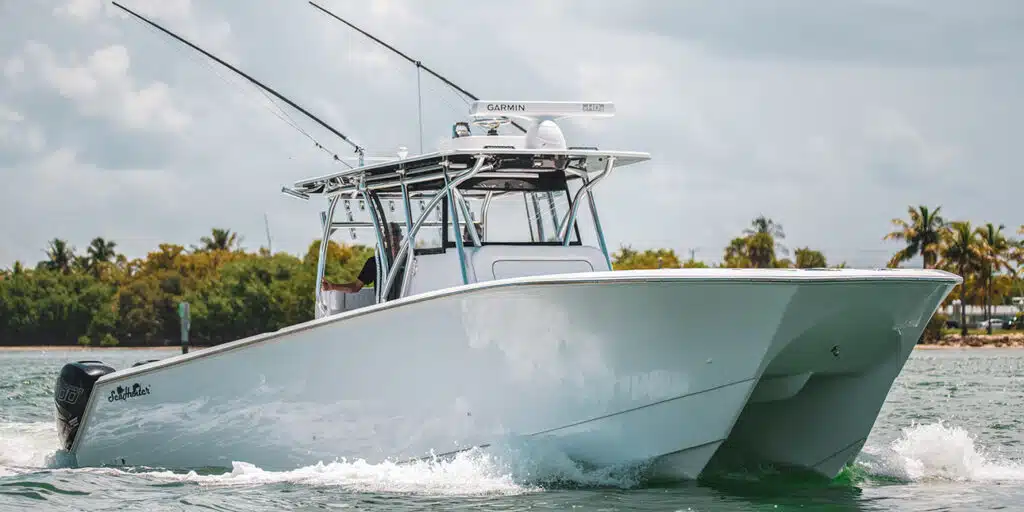
Power catamaran boats are characterized by their two parallel hulls, which provide exceptional stability and a spacious deck area. Ranging from 20 to 60 feet in length, these boats are constructed from fiberglass and are suitable for both inshore and offshore fishing. Power catamarans offer a smooth ride in rough waters and are powered by either inboard or outboard motors.
Dual Console Boats
Dual-console boats offer a versatile layout with two separate consoles for the driver and passenger. These boats range from 18 to 35 feet in length and are commonly constructed from fiberglass. They offer a mix of fishing and recreational features, including live wells, rod storage, and comfortable seating. Outboard motors typically power dual-console boats and are suitable for inshore fishing and some offshore fishing.
Express Boats
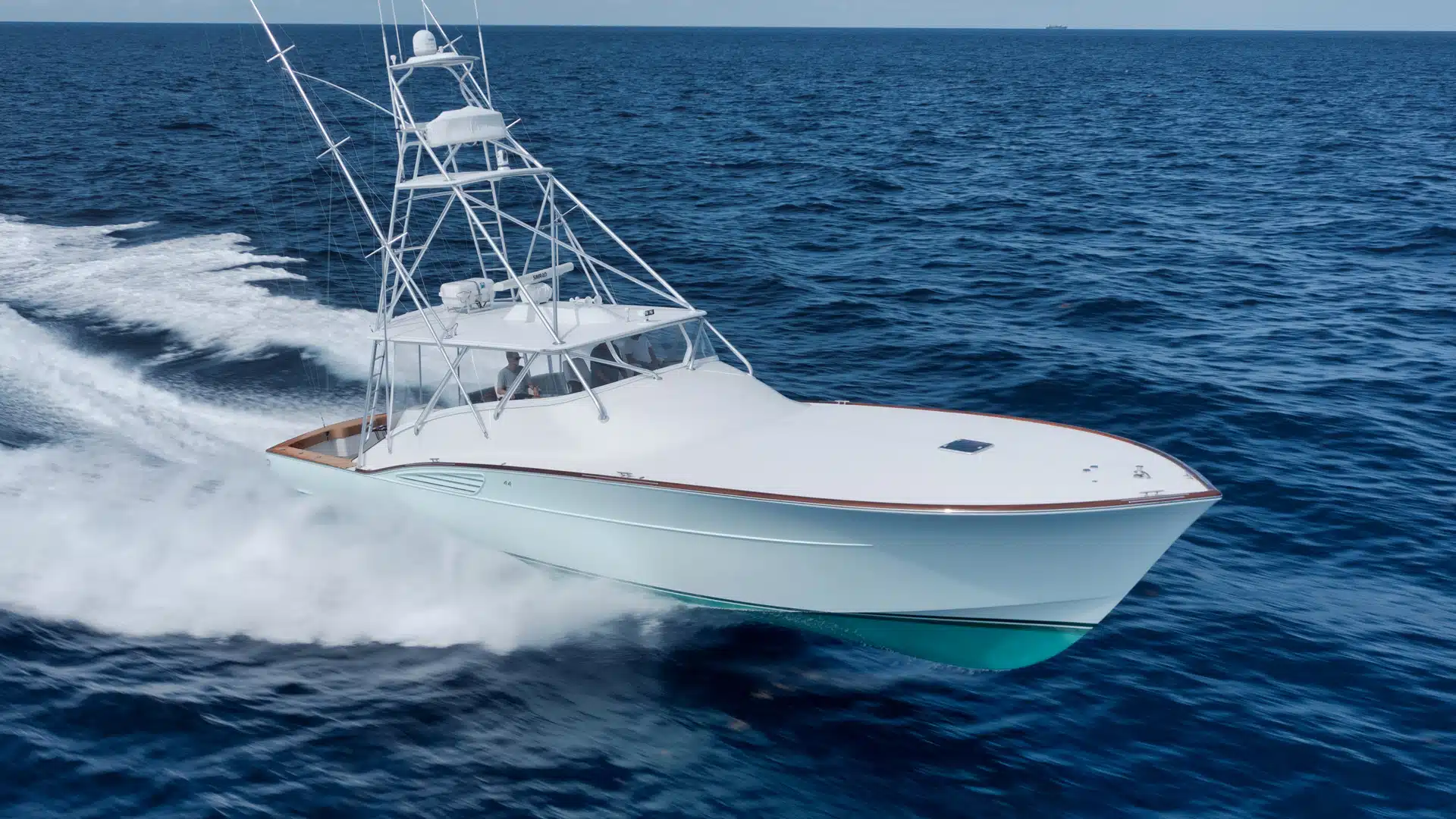
Express boats are designed for anglers who value speed, comfort, and convenience. They feature a sleek design and range from 30 to 60 feet in length. These boats are constructed from fiberglass and offer a spacious cabin, ample seating, and powerful engines for fast travel to offshore fishing grounds.
Bay boat
Bay boats, such as bays and estuaries, are specifically designed for inshore fishing in shallow waters. These boats range from 18 to 25 feet in length and are typically constructed from aluminum or fiberglass. They offer a low draft, allowing anglers to navigate shallow waters easily. Outboard motors power bay boats and feature basic fishing amenities such as live wells, rod storage, and casting platforms.
Flats Boat (Skiff)
Flats skiffs are lightweight, shallow-draft boats designed for fishing in extremely shallow waters. These boats typically range from 14 to 20 feet in length and are constructed from fiberglass or aluminum. They often feature a flat or semi-V hull, elevated casting platforms, and minimal amenities to keep the weight low. Small outboard motors power flats skiffs and are ideal for sight fishing in shallow flats and backwaters.
Runabout
Runabout boats are small, versatile vessels that can be used for a variety of recreational activities, including fishing. Ranging from 16 to 24 feet in length, these boats are constructed from fiberglass or aluminum and often feature a small cuddy cabin or open bow seating. Depending on the specific model, they are powered by inboard, sterndrive, or outboard motors. While not specifically designed for fishing, runabouts can be adapted for light inshore fishing or as a family-friendly option.
RIB (Rigid Inflatable Boat)
Rigid inflatable boats (RIBs) are lightweight, high-performance vessels that combine a rigid hull with inflatable tubes for buoyancy. Ranging from 10 to 30 feet in length, RIBs are constructed from materials such as fiberglass, aluminum, or high-density polyethylene for the hull, and Hypalon or PVC for the inflatable tubes. RIBs are typically powered by outboard motors and are well-suited for use as a tender or for inshore fishing, thanks to their stability and maneuverability.
Jon Boat
Jon boats are flat-bottomed, versatile, popular vessels for their simplicity and affordability. These boats range from 10 to 20 feet in length and are typically constructed from aluminum or sometimes fiberglass. Jon boats offer a stable platform for fishing in calm, shallow waters, and are powered by small outboard motors or even paddles. They are ideal for freshwater fishing in lakes, rivers, and ponds.
Fishing Kayak
Fishing kayaks offer a unique, environmentally friendly, and cost-effective way to fish. They are typically between 10 and 16 feet long and are constructed from rotomolded plastic, thermoformed plastic, or composite materials. Fishing kayaks are human-powered, using paddles or pedals, and are designed with fishing-specific features like rod holders, tackle storage, and comfortable seating. They are suitable for inshore fishing and freshwater environments.
Canoe
Canoes are a traditional, versatile option for anglers seeking a simple and affordable way to fish. Usually ranging from 14 to 20 feet, canoes are constructed from wood, aluminum, fiberglass, or molded plastic. Canoes are human-powered, using paddles, and can be easily adapted for fishing with the addition of rod holders and other accessories. They are best suited for calm waters, such as lakes, rivers, and ponds.
Commercial Fishing Boats
Commercial fishing boats are designed for large-scale fishing operations, focusing on efficiency, durability, and safety in various marine environments. These vessels are built to accommodate the specific requirements of different fishing industries, such as trawling, longlining, or purse seining. Here are some key features of commercial fishing boats:
- Construction: Commercial fishing boats are typically constructed from durable materials like steel, aluminum, or fiberglass to withstand the harsh conditions of the open ocean and heavy use. These boats are also designed to minimize the impact of corrosion from saltwater and maintain structural integrity over time.
- Hull design: The hulls of commercial fishing boats are designed for stability, safety, and efficiency in various sea conditions. Depending on the fishing type and operation region, different hull shapes and designs may be used to optimize performance.
- Power and range: Commercial fishing boats often have powerful engines and large fuel capacities to cover vast distances and support extended trips at sea. They are also equipped with advanced navigation and communication systems to ensure safety and efficiency during fishing operations.
- Fishing amenities and equipment: Commercial fishing boats are outfitted with specialized equipment tailored to the specific fishing method being used. This can include trawl nets, longlines, or purse seines, as well as fish processing and storage facilities on board. Additionally, these boats often have advanced sonar and fish-finding technology to maximize catch efficiency.
- Crew accommodations: Commercial fishing boats are designed to accommodate the crew members required for large-scale fishing operations. These vessels typically have sleeping quarters, a galley, and other amenities to provide a comfortable living environment during extended fishing trips.
Examples of commercial fishing boats include trawlers, seiners, longliners, and factory ships. Each of these boats is designed to support a specific type of commercial fishing operation, ensuring efficiency and profitability in the competitive fishing industry.
Bass Fishing Boats: What Makes A Good Bass Fishing Boat?
Bass fishing is an incredibly popular sport, and having the right boat can significantly enhance your experience on the water. In this section, we’ll explore the types of boats commonly used for bass fishing and discuss the features that make a good bass fishing boat.
Types of Bass Fishing Boats
Bass anglers typically use boats designed for maneuverability, stability, and access to shallow water areas where bass are often found. Here are some common types of bass fishing boats:
- Bass Boats: These specialized boats are designed specifically for bass fishing and are the top choice for many anglers. Bass boats are typically 17 to 22 feet in length and feature a sleek, low-profile design with a flat or shallow-V hull. They offer excellent stability and a comfortable, elevated casting platform at the bow and stern.
- Jon Boats: Jon boats are versatile, flat-bottomed boats that provide a stable and simple platform for bass fishing. They are typically smaller than bass boats, ranging from 10 to 20 feet in length, and are often made from aluminum or fiberglass. Jon boats are well-suited for calm, shallow water environments.
- Fishing Kayaks: Fishing kayaks offer a unique, environmentally friendly, and cost-effective way to fish for bass. They are typically between 10 and 16 feet in length and are designed with fishing-specific features like rod holders, tackle storage, and comfortable seating. Fishing kayaks are suitable for inshore fishing and freshwater environments, including shallow water areas that are inaccessible by larger boats.
Features of a Good Bass Fishing Boat
A good bass fishing boat should possess a combination of features that enhance the angler’s experience, such as:
- Stability: A stable platform is crucial for casting and reeling in bass. Look for boats with a wide beam and a flat or shallow-V hull to ensure stability while fishing.
- Maneuverability: Bass fishing often involves navigating through tight spots and shallow waters. A boat with a shallow draft and responsive handling will make it easier to position yourself for the perfect cast.
- Speed: Although not always necessary, having a boat with a powerful engine can help you cover more water and reach prime fishing spots more quickly.
- Storage: Adequate storage for tackle, rods, and other fishing gear is essential for a successful bass fishing trip. Look for boats with ample storage compartments and rod holders to keep your gear organized and accessible.
- Casting Platforms: Comfortable, elevated casting platforms at the bow and stern of the boat provide the angler with a better vantage point and more accurate casting.
- Livewells: A good bass fishing boat should have a built-in livewell to keep your catch fresh and healthy until it’s time to release or bring them home.
Conclusion
In conclusion, there are numerous types of fishing boats to choose from, each with its unique set of features and purposes. When selecting a fishing boat, consider factors such as where you plan to fish, the type of fishing you prefer, and your budget. By understanding the characteristics of each boat type, you can make an informed decision and find the perfect vessel to enhance your fishing experience.

